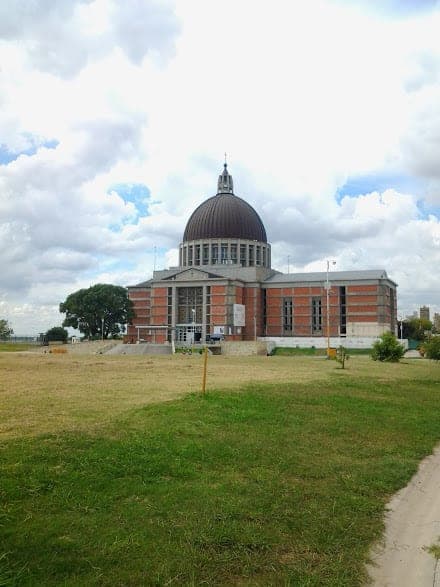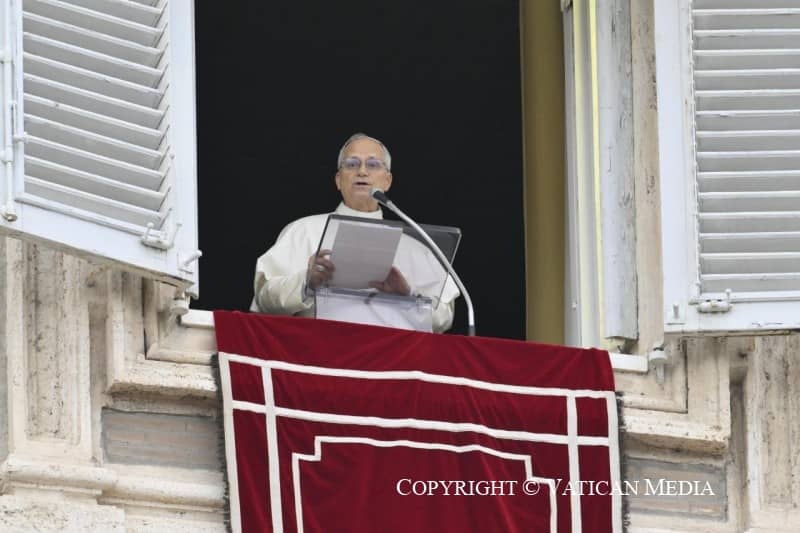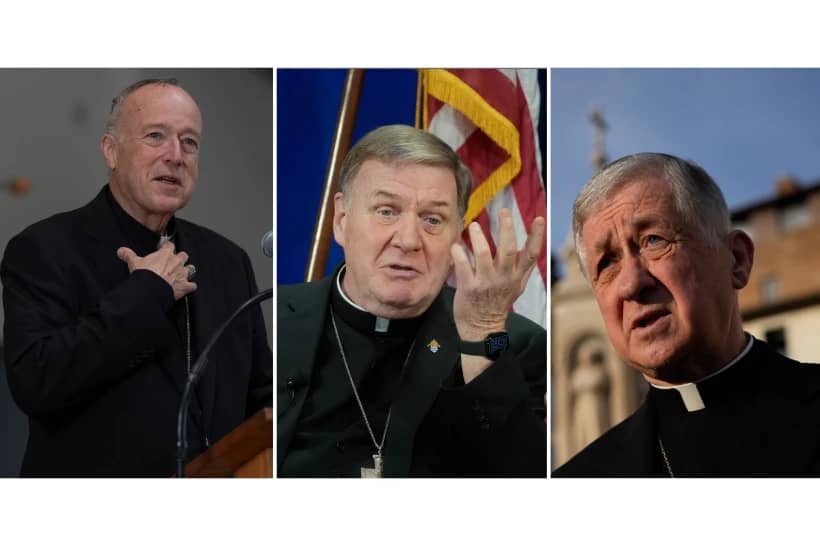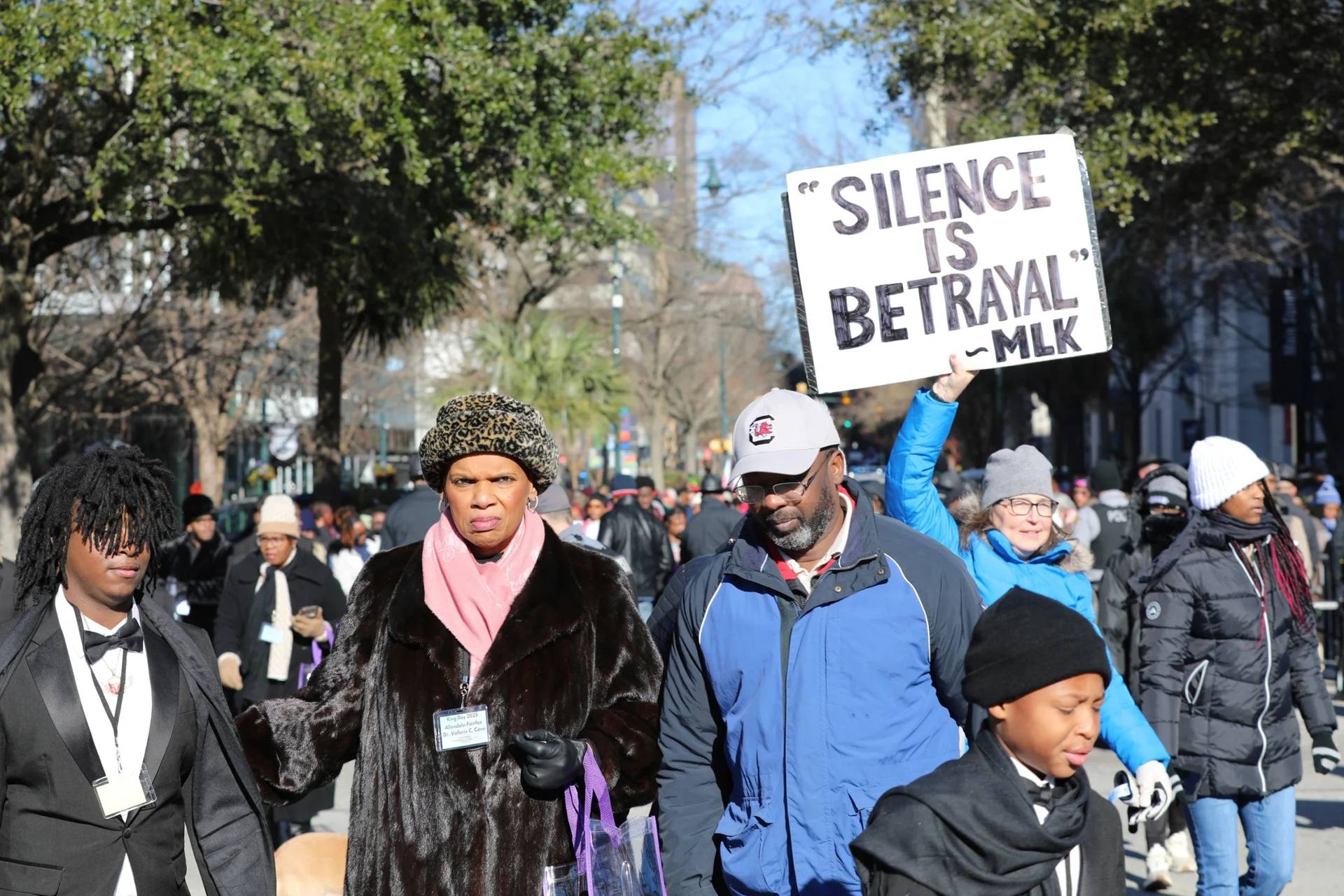ROME— In the early 1980s, in a seemingly unimpressive small city, the Virgin Mary allegedly appeared for the first time and has since then delivered 1,800 messages to a seer. Hundreds of thousands of faithful visit every year, and many miracles are attributed to the place.
Yet, since the phenomenon is allegedly ongoing, the Vatican hasn’t ruled on it yet.
Sound familiar? It’s not Medjugorje. The apparitions occurred in Pope Francis’s own Argentina, in San Nicolás, a city of 138,000 inhabitants located some 150 miles from Buenos Aires.
Our Lady of the Rosary of San Nicolás allegedly appeared to Gladys Quiroga de Motta, a local lay woman, married and mother of two, who had little formal education. Motta reportedly first saw the Virgin on Sept. 25, 1983.
This Marian phenomenon has been approved by the last four local bishops, and the first 1,800 messages, delivered from 1983 to 1990, have been granted what is known in canon law as an imprimatur, meaning, an official license to be printed and shared.
However, the private revelations made to Motta since then have also been published. Yet that’s coming to an end: The local bishop confirmed the decision to keep them private, which was made by one of his predecessors in 1990.
“I made a consultation in Rome regarding the possibility of putting an end to the diffusion of the messages of Gladys de Motta regarding the Virgin Mary, and the Vatican answered affirmatively, that this was the most convenient thing for the Marian faith in our Lady of the Rosary of San Nicolás,” said Bishop Hugo Santiago, of San Nicolás, in a video he shared on YouTube.
This decision does not mean the apparitions have suddenly been deemed untrue. As a matter of fact, Santiago’s predecessor confirmed their veracity in May of last year.
What began with glowing rosaries and the rediscovery of a statue of the Virgin Mary in Argentina, was confirmed to be “of supernatural origin” and worthy of belief by Bishop Hector Cardelli, who retired after turning 75 in August.
“I recognize the supernatural nature of the happy events with which God through his beloved daughter, Jesus through his Most Holy Mother, the Holy Spirit through his beloved spouse, has desired to lovingly manifest himself in our diocese,” he said at the time.
In the video published on March 13, Santiago gives a short history of the phenomenon, including the fact that the messages continue to arrive.
He also says that his predecessor, Bishop Domingo Castaña, made the corresponding discernment, studied the events and found them to be believable. For this reason, the authorization to build a shrine capable of welcoming close to 10,000 people, and in a place signaled by the Virgin to Motta, was granted.
“However, after consulting theologians and psychologists, in 1990 [Castaña] decided to end the disclosure of the messages of Gladys de Motta referring to the Virgin, considering them [already] sufficient, and to avoid that these messages are misrepresented, that is to say that Gladys presents as sayings of the Virgin what, in reality, were her own reflections, ” Santiago said.
Further explaining his decision, made in agreement with the Vatican, the bishop said that already back in 1990, theologians had suggested putting the focus not on the messages but on the shrine as the “House of God,” where the Virgin is venerated, and in the conversion of the pilgrims who, arriving to it, “feel the need to confess, [and to] celebrate the sacrament of reconciliation as a grace from the Virgin.”
Santiago, like his predecessors, will continue to receive the messages from Motta and keep them in the diocesan archives, so that in the future, “when neither us nor the woman are on this earth,” they will be analyzed by the Church, “because the Church doesn’t canonize anyone in life.”
Private revelation, he says, cannot “replace nor damage” the divine revelation contained in the Scriptures.
Despite the decision made in 1990, messages going all the way to 2015 have been published. However, Santiago’s decision would mean that no more will be made public. The blog Miracle Hunter has made the booklets available, with Cardelli’s signature, in Spanish.
What are the apparitions of Our Lady of the Rosary of San Nicolás?
The messages are the traditional ones associated with other Marian apparitions: The need for conversion, the recitation of the Rosary, the consecration to the Immaculate Heart of Mary, and the frequent reception of the sacraments of Penance and the Eucharist.
Those who’ve seen it happen claim that when the Virgin gives Motta a message, it is as though Mary is doing the writing herself through the hand of the woman, with a speed and depth of content which are humanly inexplicable. It’s even more remarkable for a woman who never finished primary school, stopping after the fourth grade.
There are several extraordinary events associated with the apparitions in San Nicolás, which started on September 25, 1983. The day before, Motta had seen the rosary beads she kept in her house glow. Feeling afraid, she decided to say the Marian prayer.

Another extraordinary event occurred on Nov. 15 1983, when Motta described to a local priest, Father Carlos Pérez, what the Virgin looked like and the name she had given of herself.
Pérez recognized the avocation as that of a life-sized statue of Our Lady of the Rosary which had been blessed by Pope Leo XIII and placed in the cathedral. Over a century earlier the church had suffered considerable damage, and the image, too. Instead of being repaired, it was placed on top of the bell tower and forgotten.
Our Lady allegedly appeared as the priest was showing Motta the statue and asked that the statue be placed once again in the cathedral, even though it was missing a hand and there was no rosary in her hands.
Motta shared the messages from the beginning, and has always been at the disposal of church authorities, never challenging the local bishops. She’s kept a low profile and never made any financial gain from her experience — though the city has benefited, with the unavoidable circus of religious paraphernalia-sellers packing the street that leads to the shrine.
She has reportedly received the stigmata, the wounds Jesus received when crucified, on her wrists, feet, side, and shoulder.
In December of 1984, the Virgin asked for a medal to be cast, with her image on the front, and on the other side the Holy Trinity with seven stars. In Sept. 1985, she said: “My daughter, I will tell you the meaning of the seven stars. They are seven graces that my Son Jesus will grant to those who wear it on their breast. Praise be to the Lord.”
Some of the messages refer to other famed apparition sites, including Lourdes and Fatima, which came up in 1989, on the days each avocation is marked (Feb. 11 and May 13).
“Today, like then in Fatima, are my visits to Earth, although these are more frequent and prolonged since mankind lives moments of great drama,” the Virgin allegedly said in May.
The first unexplainable cure associated with the apparitions occurred in 1984, when a seven-year-old boy named Gonzalo Miguel, terminally ill with a brain tumor, was healed.
Every May 25, hundreds of thousands of pilgrims arrive at the shrine, and there are several pilgrimages, with some people walking some 30 miles from the nearby city of Rosario and even from Buenos Aires.
The differences between San Nicolás and Medjugorje
Both apparitions allegedly began in the early 1980s, both have produced thousands of messages, and both have apocalyptic undertones, with much stress given to the need for souls to convert and repent.
One of the biggest differences between San Nicolás and Medjugorje is the attitude of the local bishops: While those in Argentina have been deemed supernatural from the first moment, those in Bosnia-Herzegovina have been found by a string of local bishops to be nothing but earthly fabrications.
RELATED: As debate rages over Medjugorje, maybe a place of prayer is enough
Pope Francis recently tapped Archbishop Henryk Hoser of Poland to study the pastoral situation of Medjugorje, but not the apparitions themselves.
Speaking to Aleteia, Hoser said that the mission entrusted to him is secondary to an investigation by the Vatican’s Congregation for the Doctrine of the Faith, which ended in 2014 and hasn’t been published.
Every year, the shrine is visited by over two million pilgrims from across the world. “It has become a charismatic place,” Hoser said. “The fact that Medjugorje is visited by so many faithful, who are no doubt spiritually enriched there, is something to be borne in mind.”
Despite the local bishops attitude on the phenomenon, the Church hasn’t spoken on the authenticity of the apparitions yet, and neither will the Polish prelate.
“This is by no means the first situation when the Church is slow to take a decision, especially given that the form of the Marian apparitions in Medjugorje significantly differs from that of earlier well-known apparitions,” he said.
“If Marian devotion has flourished in Medjugorje, if such multitudes arrive there, it is therefore a place where veneration will continue, since Our Lady can be venerated everywhere, especially in those locations where this veneration is so fruitful, as we hear it has been from so many testimonies.”
Traditionally, the Vatican defers the ruling over these events to the local hierarchy, at least until the phenomenon is over. This is not the case of Medjugorje, where some of the seers still claim to receive regular messages from the Virgin.
There are some similarities between this pilgrimage site and San Nicolás, too, including the fact that hundreds of thousands of pilgrims flock to the two cities, prayer and conversions abound, and inexplicable cures have also been reported in Medjugorje.
According to Nigerian Cardinal Francis Arinze, whose new book about Marian veneration will be released this month, the fact that the Vatican hasn’t made public the findings of a 2010-2014 investigation ordered by Benedict XVI shows that “it’s not so simple.”
Speaking to the National Catholic Register, the retired Nigerian prelate said: “If it were so clear, why have we not heard anything?”
















